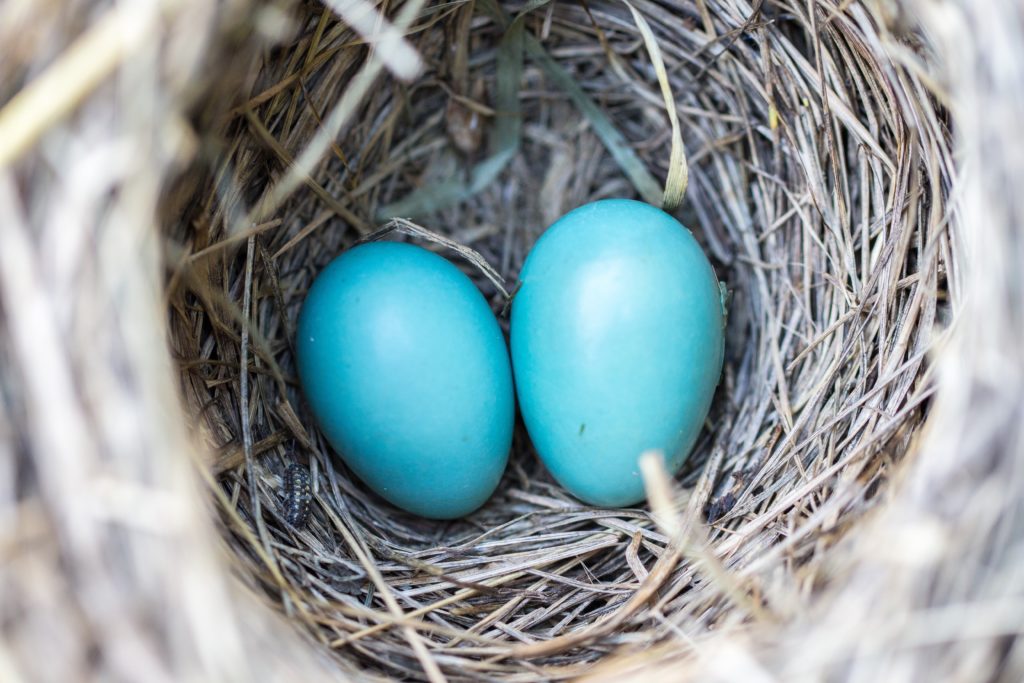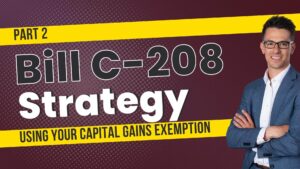That depends. Contrary to popular belief, you have a lot of options when it comes to investing inside of a Tax-Free Savings Account (TFSA). Many people believe a TFSA is simply a savings account that you get at the bank where your interest grows tax-free. Although technically correct, a TFSA can be a much more powerful tool that gives you access to investment options such as stocks, bonds, ETFs, mutual funds, and GICs, just to name a few.
See how challenging it can be to determine what type of rate of return you’ll get in your TFSA? It depends on what type of investment you choose for the account. Stocks, bonds, and savings accounts will all have different rates of return on an annual basis. A Tax-Free Savings Account itself does not have a rate of return. It’s simply an account that allows the investment you put inside of it to grow tax-free. It doesn’t matter whether you make 2% in a simple savings account or 10% in more aggressive mutual funds – your returns in a TFSA will be tax-free.
I believe the actual wording of the TFSA is to blame for much of this confusion. Had the government called it a Tax-Free Retirement Account or Tax-Free Investment Account, there would not be this misconception that your only investment option in a TFSA is a savings account. Take this into consideration the next time you’re looking to make a TFSA contribution: $50,000 earning 2% vs 6% over a 20-year time period would be $74,297 & $160,356 respectively. That’s a tax-free difference of $86,059, enough to buy yourself that vintage car you’ve always wanted.










